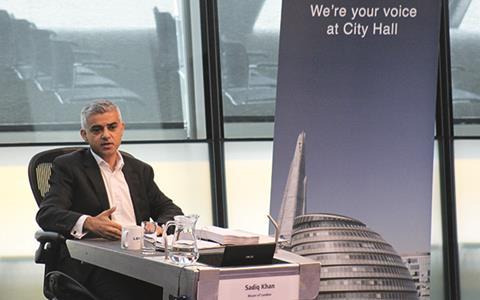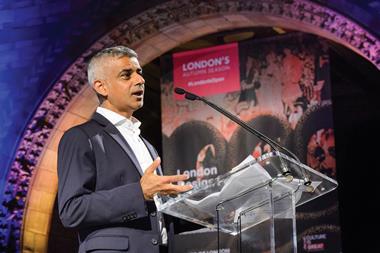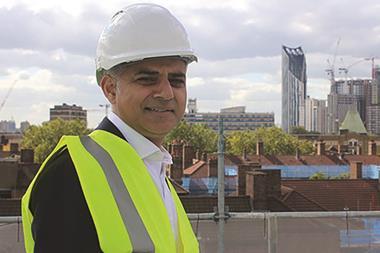
Above all, it has strongly reiterated his intention to uphold the key pledges made during his election campaign; namely to increase housing delivery (especially for affordable housing), tackle pollution and boost public transport.
The Plan will see housing development intensify, particularly in less densely populated boroughs and areas with good public transport links. Through making use of new Brownfield Registers and permission in principle, it also places a strong emphasis on the development of small sites to maximise delivery. As a result, small to medium-sized housebuilders are likely to benefit from greater certainty.

The Mayor of London’s emphasis on getting more homes built is evident, but an equally important priority is to increase the proportion of affordable homes. Almost every type of accommodation that might be considered as residential has been targeted for affordable housing contributions in one way or another.
As a result, policies concerning student accommodation, shared living, homes for the elderly, and small sites are all set to be redrafted to enable the delivery of a higher volume of affordable homes. To take purpose-built student accommodation as an example, 35% of bedrooms will need to be made affordable. However, whilst Khan has clearly set his sight on resolving the housing crisis, the endeavour to provide more homes might risk further delay as sites go through a viability process or don’t come forward at all.
Whilst Khan has clearly set his sight on resolving the housing crisis, the endeavour to provide more homes might risk further delay
The issue of air quality is also marked as a significant Mayoral priority and is tied closely to the issue of house building. Significantly, the Plan outlines proposals for large-scale developments to be ‘air quality positive’. Whilst the document leaves room for manoeuvre on how to achieve these air quality goals, it is clear architects and urban planners will be key to delivering this.
The push for better air quality also marks the beginning of ‘car-free’ areas, well-served by public transport systems. Indeed, the prospect of a reduction in car use in certain parts of London could mark a significant change in the lifestyles of many Londoners. In addition, this could also provide further opportunities to increase housing density, as considerations such as the need for parking spaces become lesser priorities.
The ambitious transport policy included with the Plan must also be considered. There is now a bold strategic target for 80% of all trips in London to be made by foot, bicycle or public transport by 2041. In part, this explains why housing development is to be focused on areas with pre-existing transport hubs.






























No comments yet